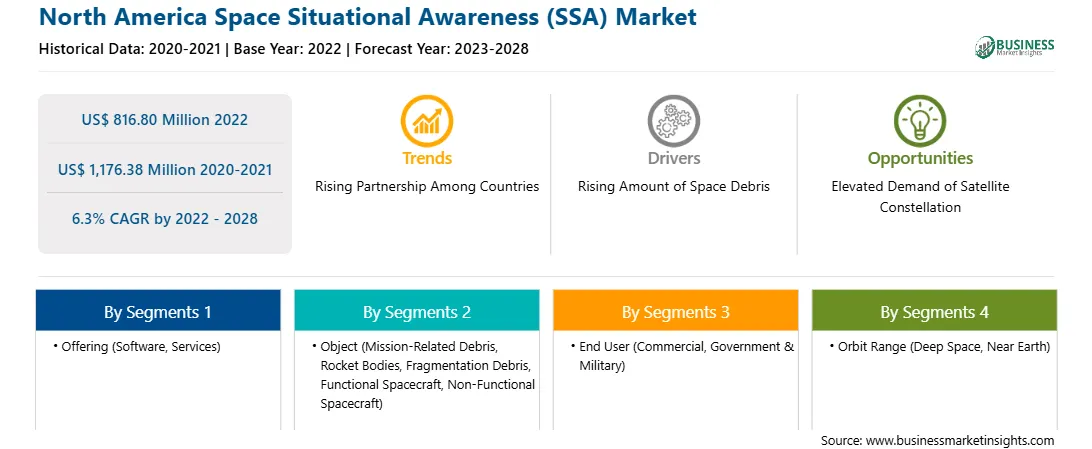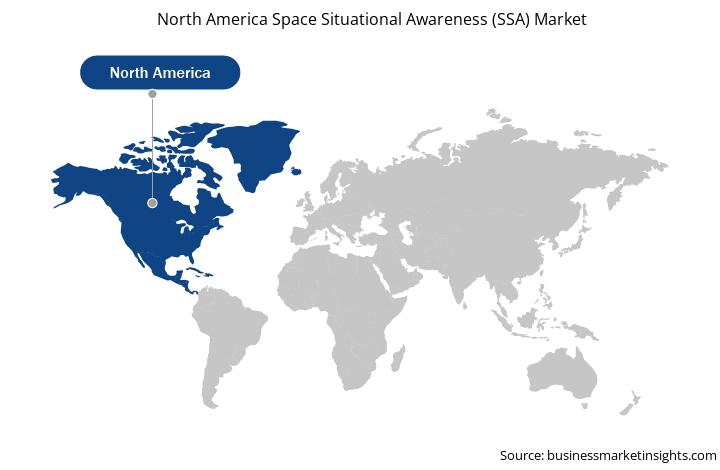All non-functional artificial materials orbiting the Earth at different altitudes can be termed space debris. Their size can range from less than a centimeter to a two-story building. It can include rocket body parts, fragmentation debris, refuse created during crewed missions, exhaust products from rockets, and defunct satellites. A majority of such debris orbit the Earth at an average speed of above 26,000 km per hour in Low Earth Orbits (LEO) and thus pose a severe threat of collision for functional space assets. Such threats increase with each rocket launch for LEO and deep space. Growing collision threats of space objects is a persistent problem for safe and sustainable use of outer space. These threats restrict unhindered access to space and prompt relevant parties to take necessary steps to mitigate risk. In 2021, ISRO carried out 19 CAMs, compared to 12 and 8 CAMs in 2020 and 2019, respectively.
Many state-of-the-art defense technologies such as guided missiles, drones, intelligence data collections, encrypted communications, and navigation would be limited or can become inoperable with defunct satellite systems. It is thus crucial to analyze the comparative approach of all space objects to detect collision threats well in advance. SSA deals with the thorough knowledge of the space environment, assessment of any threats to space activities, and implementing necessary mitigation measures to safeguard the functional space assets. It consequently plays a crucial role in ensuring safe and sustainable space activities complying with domestic and international guidelines, standards, and other norms. Owing to the critical functionality of SSA and the rising importance of satellites, the space situational awareness market is positively impacted by the increasing amount of space debris.
Increasing collision threats of orbital debris with the operational space assets have become a perennial problem for the sustainable and safe use of outer space. These threats restrict unhindered access to the space and also compel space authorities to take appropriate measures to mitigate them. The development of Space Situational Awareness (SSA) programs in the US help monitor various threats from human-made objects, which include other satellites, space vessels, antisatellite weapons, and space debris. SSA also helps serve military objectives, which include preparing for defensive and offensive operations, in the US.
Strategic insights for the North America Space Situational Awareness (SSA) provides data-driven analysis of the industry landscape, including current trends, key players, and regional nuances. These insights offer actionable recommendations, enabling readers to differentiate themselves from competitors by identifying untapped segments or developing unique value propositions. Leveraging data analytics, these insights help industry players anticipate the market shifts, whether investors, manufacturers, or other stakeholders. A future-oriented perspective is essential, helping stakeholders anticipate market shifts and position themselves for long-term success in this dynamic region. Ultimately, effective strategic insights empower readers to make informed decisions that drive profitability and achieve their business objectives within the market. The geographic scope of the North America Space Situational Awareness (SSA) refers to the specific areas in which a business operates and competes. Understanding local distinctions, such as diverse consumer preferences (e.g., demand for specific plug types or battery backup durations), varying economic conditions, and regulatory environments, is crucial for tailoring strategies to specific markets. Businesses can expand their reach by identifying underserved areas or adapting their offerings to meet local demands. A clear market focus allows for more effective resource allocation, targeted marketing campaigns, and better positioning against local competitors, ultimately driving growth in those targeted areas.North America Space Situational Awareness (SSA) Strategic Insights

North America Space Situational Awareness (SSA) Report Scope
Report Attribute
Details
Market size in 2022
US$ 816.80 Million
Market Size by 2028
US$ 1,176.38 Million
Global CAGR (2022 - 2028)
6.3%
Historical Data
2020-2021
Forecast period
2023-2028
Segments Covered
By Offering
By Object
By End User
By Orbit Range
Regions and Countries Covered
North America
Market leaders and key company profiles
North America Space Situational Awareness (SSA) Regional Insights

North America Space Situational Awareness (SSA) Market Segmentation
The North America space situational awareness (SSA) market is segmented based on offering, object, end user, orbit range, and country. Based on offering, the North America space situational awareness (SSA) market is bifurcated into software and services. The services segment held a larger market share in 2022.
Based on object, the North America space situational awareness (SSA) market is segmented into mission-related debris, rocket bodies, fragmentation debris, functional spacecraft, and non-functional spacecraft. The fragmentation debris segment held the largest market share in 2022.
Based on source, the North America space situational awareness (SSA) market is bifurcated into nuclear reactors and cyclotrons. The cyclotrons segment held a larger market share in 2022.
Based on end user, the North America space situational awareness (SSA) market is bifurcated into commercial and government & military. The government & military segment held a larger market share in 2022.
Based on orbit range, the North America space situational awareness (SSA) market is bifurcated into deep space and near earth. The near earth segment held a larger market share in 2022.
Based on country, the North America space situational awareness (SSA) market is segmented into the US, Canada, and Mexico. The US dominated the North America space situational awareness (SSA) market share in 2022.
Ansys Inc; ExoAnalytic Solutions Inc.; Globe Vision Inc.; GMV Innovating Solutions SL; L3Harris Technologies Inc.; Kratos Defense and Security Solutions Inc.; Lockheed Martin Corp; Parsons Corp; Belcan LLC; and Spacenav LLC. are the leading companies operating in the North America space situational awareness (SSA) market.
1. Ansys Inc
2. ExoAnalytic Solutions Inc.
3. Globe Vision Inc.
4. GMV Innovating Solutions SL
5. L3Harris Technologies Inc.
6. Kratos Defense and Security Solutions Inc.
7. Lockheed Martin Corp
8. Parsons Corp
9. Belcan LLC
10. Spacenav LLC.
The North America Space Situational Awareness (SSA) Market is valued at US$ 816.80 Million in 2022, it is projected to reach US$ 1,176.38 Million by 2028.
As per our report North America Space Situational Awareness (SSA) Market, the market size is valued at US$ 816.80 Million in 2022, projecting it to reach US$ 1,176.38 Million by 2028. This translates to a CAGR of approximately 6.3% during the forecast period.
The North America Space Situational Awareness (SSA) Market report typically cover these key segments-
The historic period, base year, and forecast period can vary slightly depending on the specific market research report. However, for the North America Space Situational Awareness (SSA) Market report:
The North America Space Situational Awareness (SSA) Market is populated by several key players, each contributing to its growth and innovation. Some of the major players include:
The North America Space Situational Awareness (SSA) Market report is valuable for diverse stakeholders, including:
Essentially, anyone involved in or considering involvement in the North America Space Situational Awareness (SSA) Market value chain can benefit from the information contained in a comprehensive market report.